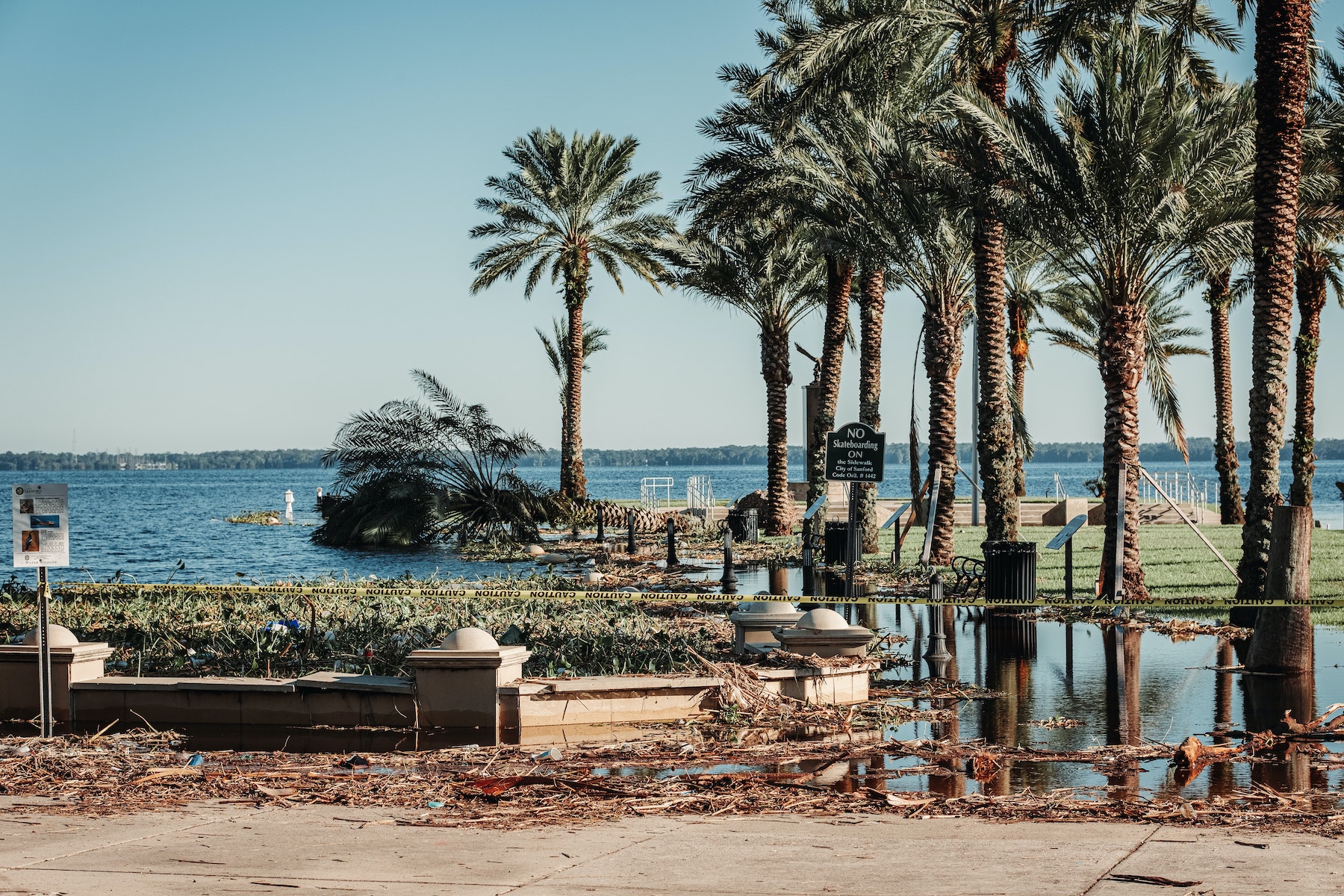Newer homes seemed to fare much better than older structures during Hurricane Ian, suggesting that updated Florida building codes made a difference.
In the hardest-hit parts of southwest Florida, many newer structures remained mostly intact in the up to 120 mph winds generated by the hurricane. One photograph on one beach area shows 18 homes built before 1981 that were completely destroyed, but one house, built in 2020, appears to be almost unscathed.
That home is elevated above much of the storm surge level, but the roof also appears undamaged. CoreLogic says that wind losses in Lee County, one of the coastal areas with the most damage, were twice as high for structures built before 1996, when the state began tightening building codes for wind load.
CoreLogic’s computer models peg insured losses from Hurricane Ian from $22 billion to $32 billion, excluding flood damage. It’s much lower than losses coastal Florida would have seen if newer structures had not been built to the stronger standards, according to CoreLogic and other experts.
Related Stories
| Aug 11, 2010
International Living Building Institute established to advance 'living buildings'
The idea of a Living Building, a high-performance building that produces its own power and cleans and reuses all of its water, is gaining momentum around the world. In an effort to oversee the global development of Living Buildings, the International Living Building Institute (ILBI) has been established.
| Aug 11, 2010
Batson-Cook completes National Infantry Museum
Batson-Cook Company recently completed the $91 million National Infantry Museum in Columbus, Georgia. Working with the owner, the National Infantry Foundation, the general contractor has used this new structure to illuminate the honor, dedication and history of this unique fighting division of the United States Army.
| Aug 11, 2010
10% of world's skyscraper construction on hold
Emporis, the largest provider of global building data worldwide, reported that 8.7% of all skyscrapers listed as "under construction" in its database had been put on hold. Most of these projects have been halted in the second half of 2008. According to Emporis statistics, the United States had been hit the worst: at the beginning of 2008, "Met 3" in Miami was the only U.S. skyscraper listed as being "on hold". In the second half of the year, 19 projects followed suit.
| Aug 11, 2010
Structure Tone, Turner among the nation's busiest reconstruction contractors, according to BD+C's Giants 300 report
A ranking of the Top 75 Reconstruction Contractors based on Building Design+Construction's 2009 Giants 300 survey. For more Giants 300 rankings, visit http://www.BDCnetwork.com/Giants







